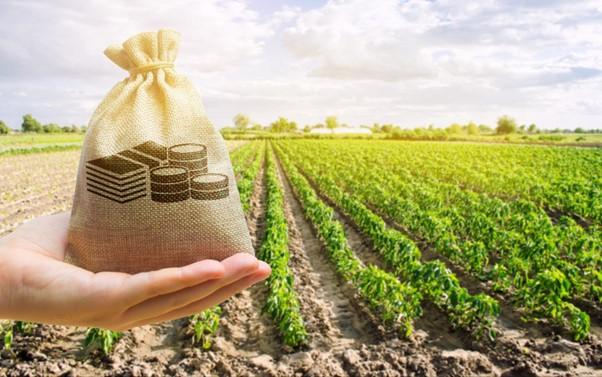By opting for a Loan Against Property from Tata Capital, you can leverage the equity in your property as collateral to secure funds for urgent needs such as education, medical emergencies, business expansion, or personal commitments. Here are its key features:
| Total Exposure | LEI to be obtained on or before |
|---|---|
| Above Rs.25 Cr | April 30, 2023 |
| Above Rs.10 Cr upto Rs.25 Cr | April 30, 2024 |
| Rs.5 Cr and above, upto Rs.10 Cr | April 30, 2025 |



















 SMS sent successfully!
SMS sent successfully!





 Click allow button to receive notifications
Click allow button to receive notifications









